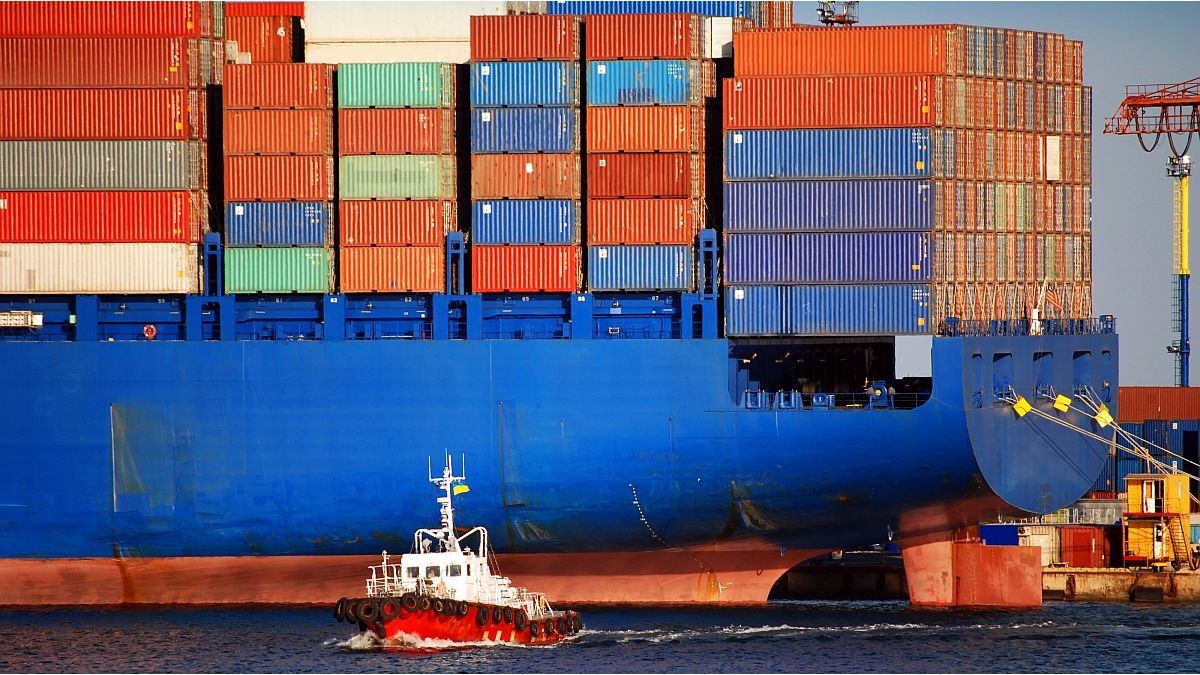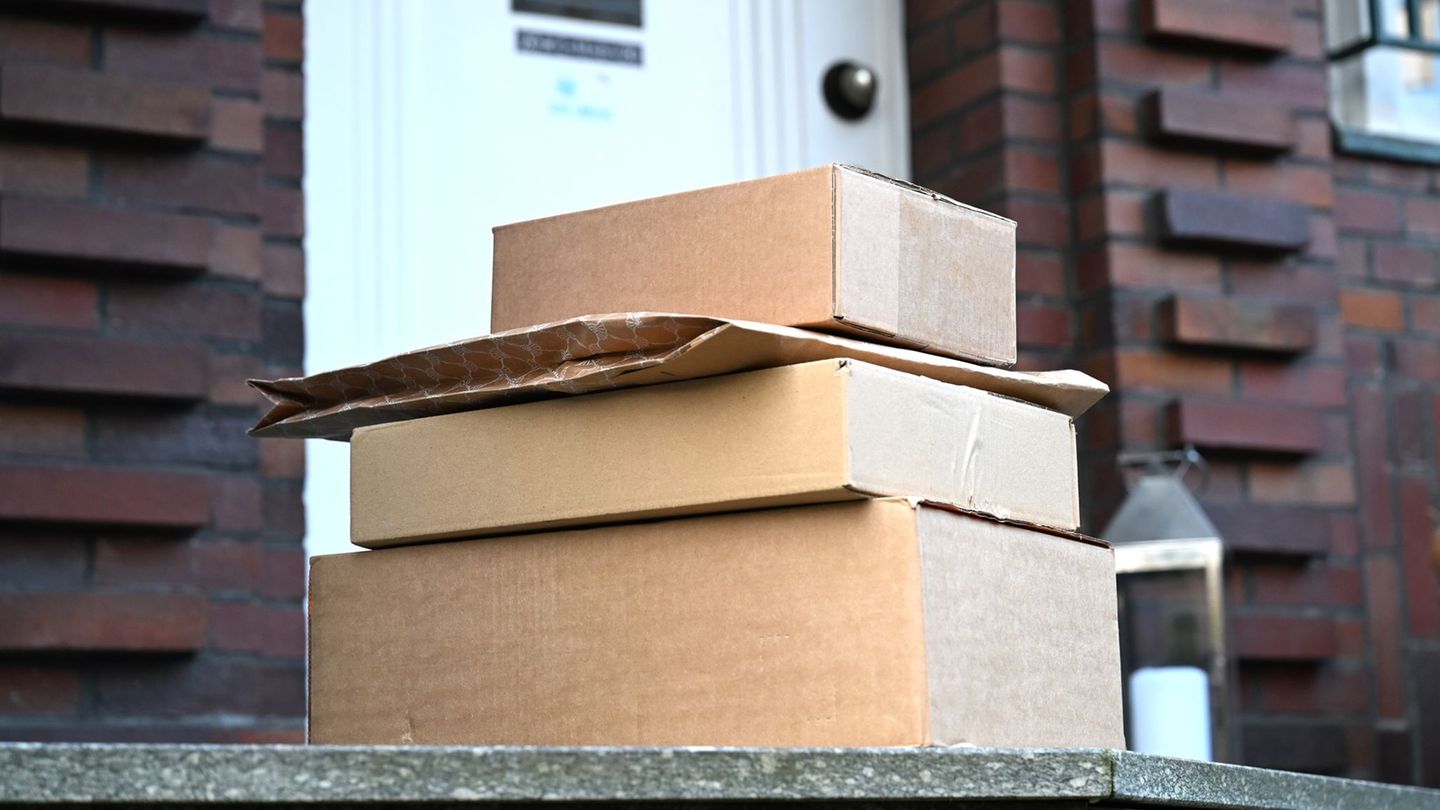After reaping meager results in the first four tenders of the BOPREAL series 3, The Central Bank will not hold the fifth auction this week. As Ámbito was able to confirm with official sources, the monetary authority decided that the operation would be carried out Wednesday and Thursday of next week. In Reconquista 266 they point out that the decision has only to do with the fact that it is a short week due to the Holy Week holidays.
Up to this point, the BOPREAL series 3 is quite stuck. In the four previous auctions, barely a third of the scheduled US$3 billion was placed. The last one was the smallest: there were only offers for US$89 million that were awarded in their entirety to accumulate US$981 million. Despite the low appetite of importers Due to the instrument, official sources say that “there is no concern” about the result of the third series tenders and argue that it is “an alternative” for companies.
All in all, BOPREAL was proposed by the economic team as an important piece of its transition strategy at the monetary, exchange and reserves level. This is the bond for importers with commercial debts prior to December 12, which is subscribed with pesos but is denominated in dollars. It was designed to decompress the situation of liabilities for imports (which also continue to grow due to the staggered payment system implemented by the current administration), aspire pesos, dollarize a portion of the remunerated liabilities and take pressure off the parallel dollar.
In series 1, the BCRA exhausted the quota of US$5,000 million. In series 2, it placed the planned US$2,000 million. For the third, a target amount of US$3,000 million was set, but the tenders are progressing in dribs and drabs: after four auctions, 66% of the total still has to be channeled. The thing is, as Ámbito advanced, The characteristics of the 3 series make it less attractive than the previous ones for importers.
The bonds of this series are authorized for transfer and negotiation in the secondary market, accrue interest at a nominal annual rate of 3% and amortize in three quarterly installments, from November 2025 to May 2026. Two factors stand out in the market: its structure that plays against it: on the one hand, it has longer amortization periods than series 2 (which has received foreign exchange flow since the middle of this year) and, on the other, it does not include the tax benefits that the first had (which did not pay PAIS tax and can be used to cancel obligations with the AFIP).
Given these difficulties, before the third tender, the BCRA decided to remove one of the requirements to participate in the BOPREAL auctions: the obligation to be registered in the Register of Commercial Debts for Imports with Foreign Suppliers prepared by the AFIP and the Secretariat. trade. Thus, those who had liabilities prior to December 12 but who were not registered in that registry were also allowed to participate. However, the measure did not move the ammeter: the third auction barely contributed US$100 million and the fourth, US$89 million.
BOPREAL, gap, industries and debt
The truth is that there was another factor that played against of BOPREAL tenders: compression of the exchange gap. As mentioned by analysts, the fall in cash with settlement (CCL) during February and the stabilization around $1,100 in recent weeks (driven by the supply in the cash with settlement market generated by the blend dollar for exporters and the lack of demand due to the liquefaction of the pesos of the economy) made the bond less attractive.
For example, in the four series 3 tenders, the implicit exchange rate to which importers accessed through BOPREAL to settle debts with their suppliers was on average 30% higher than the CCL value. This implied an incentive to go out and look for foreign currency in the capital market. According to estimates by Salvador Vitelli, from Romano Group, this differential was 26.9% in the first auction, 34% in the second, 30.6% in the third and 25.5% in the fourth.
image.png
“It is evident that the greater the implicit gap between BOPREAL’s implicit CCL for the importer and the market CCL, the bids tend to be lower,” said Vitelli.
Furthermore, in addition to the dynamism shown by the series issued in the secondary market, the bond has not yet resolved the problems of importers. For example, days ago the Argentine Confederation of Medium Enterprises (CAME) warned in its SME industrial activity report (which showed a 9.9% year-on-year drop in February due to the collapse in consumption) that, “despite the BOPREAL that the national government took out, (the companies) “They continue to have problems paying off foreign debts and that prevents them from buying supplies.”particularly in the chemicals and plastics sector.
In the last few hours, the example of a large company was added. As this medium announced, the automaker General Motors will once again suspend production at its Santa Fe plant (this time for two weeks) due to “inconveniences with the supply of parts from suppliers affected by payments abroad,” according to company sources.
Meanwhile, the scheme of staggered access to the official dollar for the payment of new imports implemented in December (in four installments for most operations) meant that commercial debt continued to grow since the inauguration of the new Government. Based on the latest data from the BCRA, Vitelli estimated that In its first three months, import liabilities grew by US$9.39 billion which were added to the very large inherited stock. That figure exceeded the amount channeled through BOPREAL and was practically equivalent to the foreign currency purchased by the Central during that period (without that new debt, it would not have been able to buy dollars).
This was due to the fact that, as a result of the quota established by the Central, in December only 17% of foreign purchases made were paid; in January, 24%; and in February, 41%. The percentage will grow again in March and it is expected that by April the gap between imports and payments will be close to closing. But by that time, around $10 billion of new commercial debt will have been accumulated.
notice-companies.jpg

Source: Ambito




